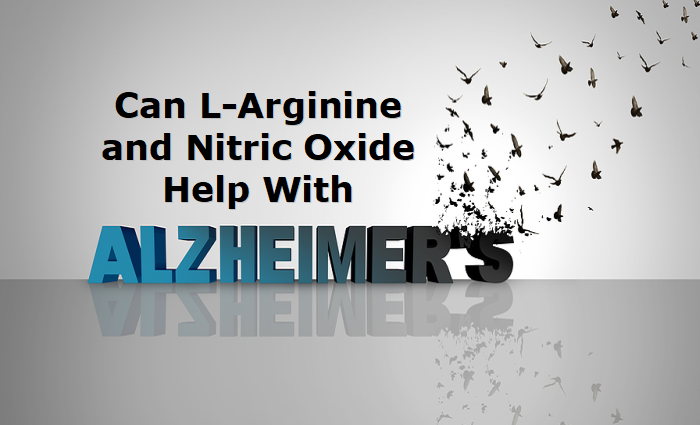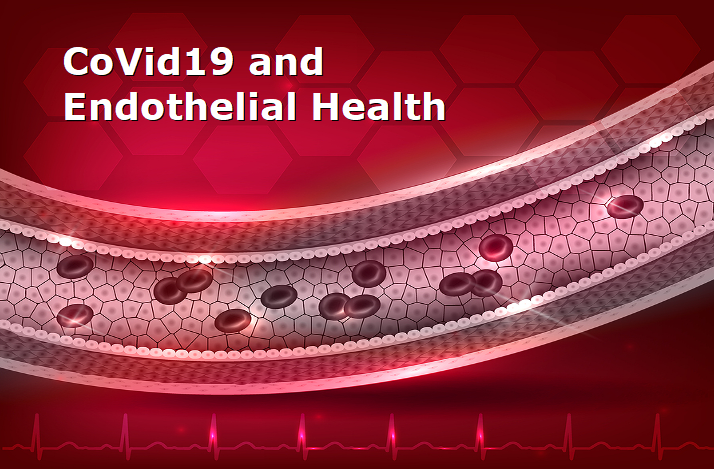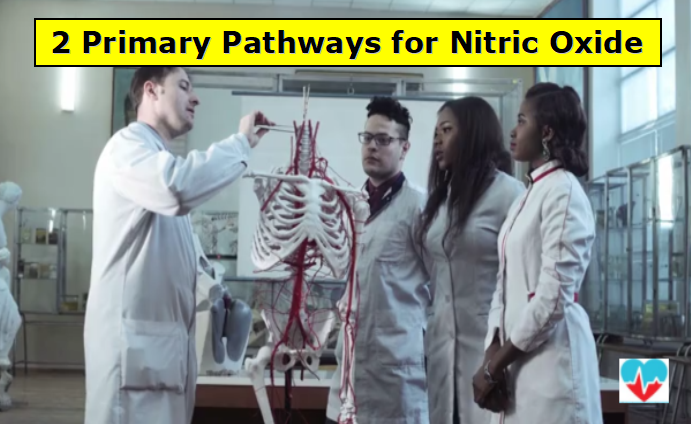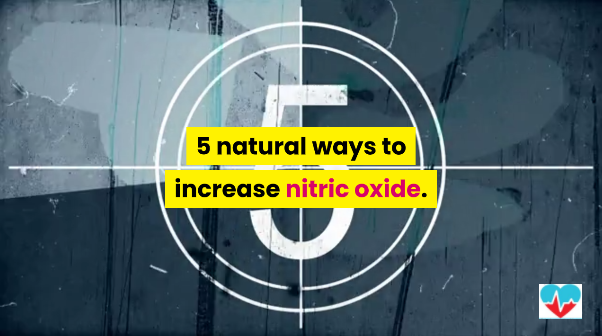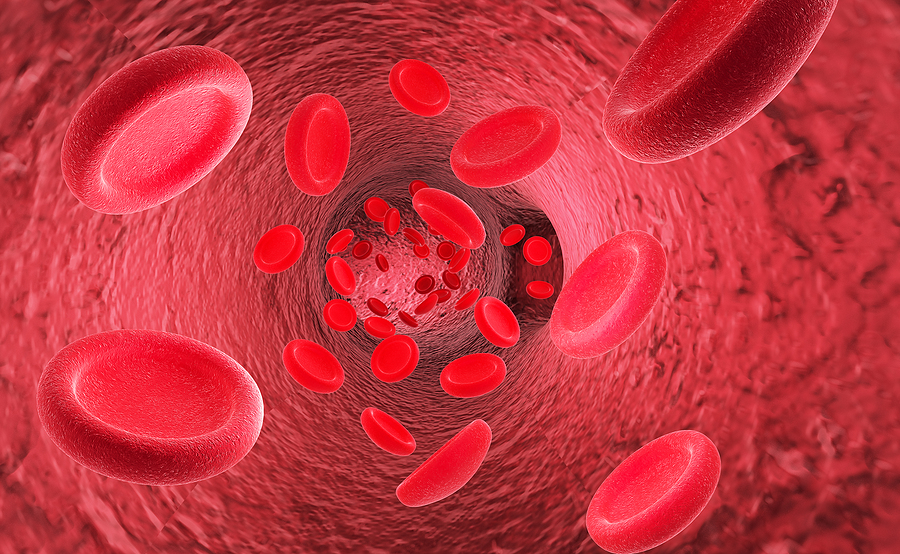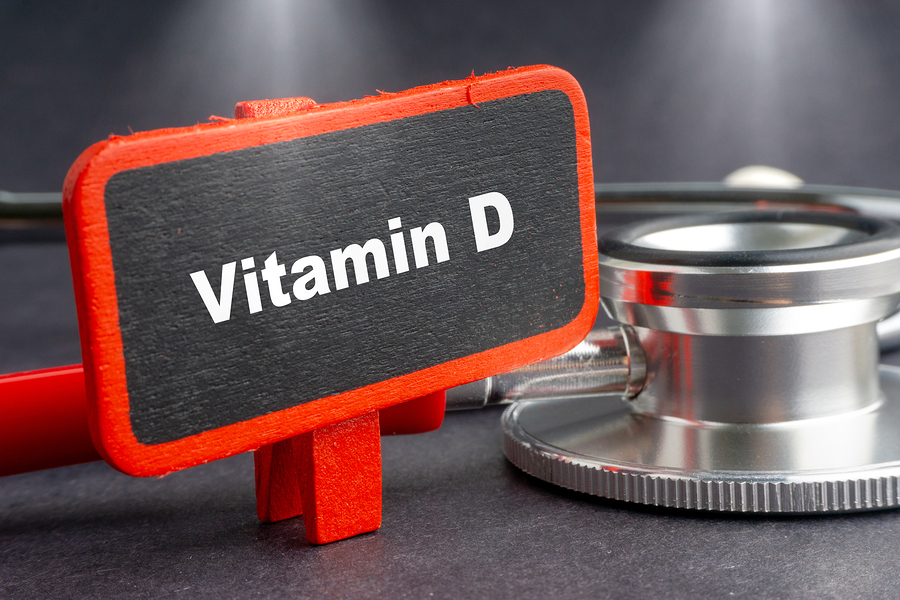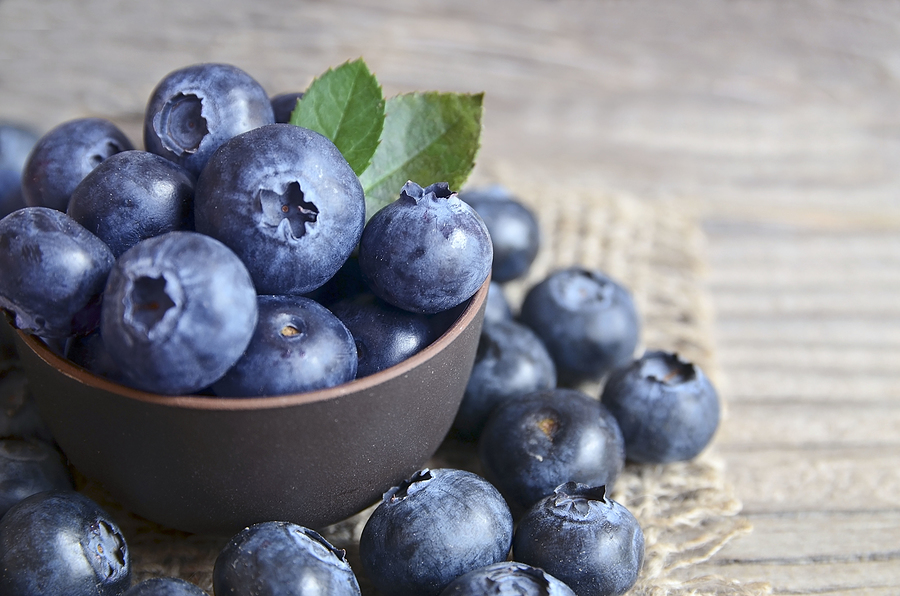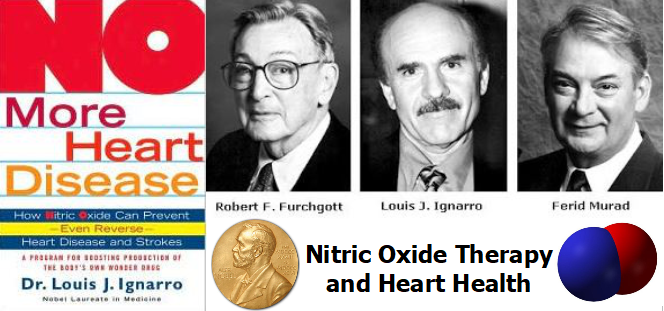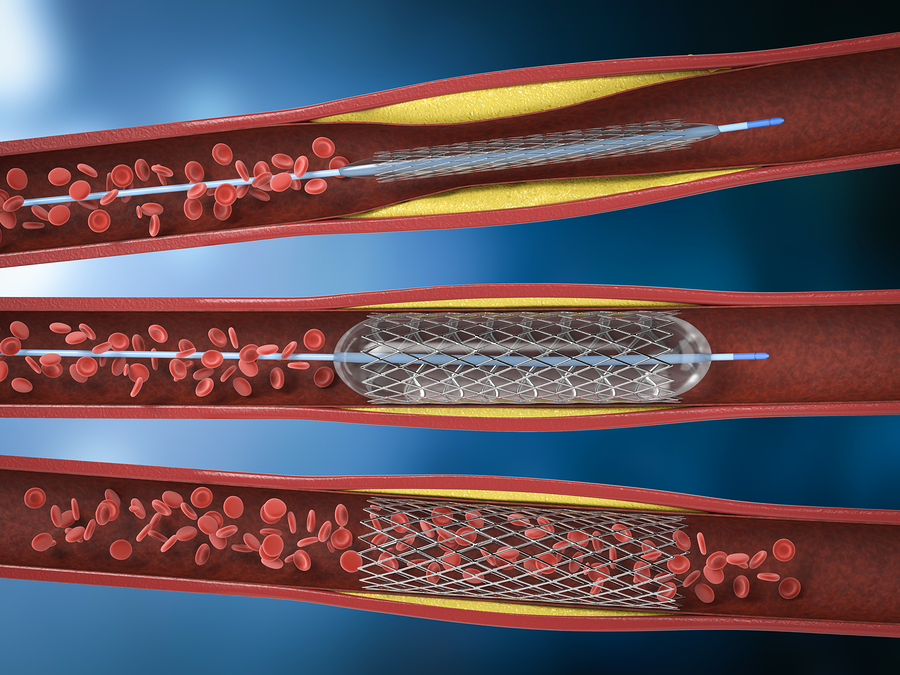In today’s article I want to examine L-arginine, nitric oxide and Alzheimer’s Disease. Currently, there are approximately 6 million people in the United States with this disease.
This age-related neurodegenerative disease is characterized by memory impairment and cognitive issues that become more severe as time passes. Which causes increasing stress and health related challenges for both the patient and their family members.
And while there is currently no effective strategy to treat and prevent Alzheimer’s Disease, every study that I know of that improves blood flow to the brain improves cognitive function.
Maybe a better understanding of L-arginine and nitric oxide can help provide a way to lessen the impact of this disease.
(If you would prefer to view this information in a video format, then please click on my YouTube video below:)
L-arginine in a semi-essential amino acid. What this means is that your body can create this amino acid but not in sufficient quantities to fuel all the metabolic pathways that it’s needed for.
Because of this you need to consume additional food sources or nutritional supplements for this critically important amino acid.
L-arginine fuels 7 different metabolic pathways, but the two most critical ones are: Read More →
